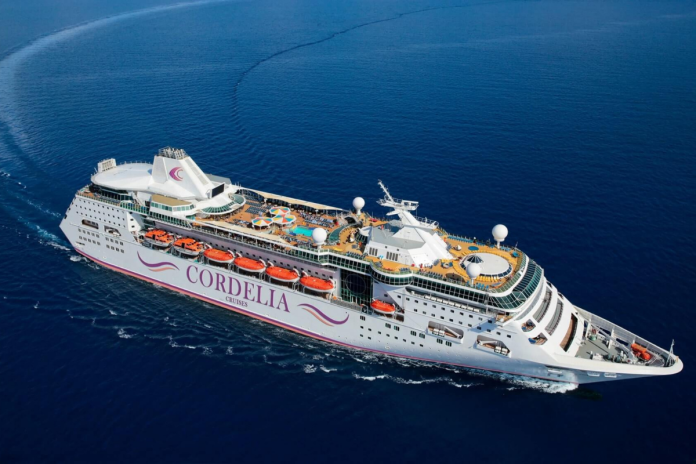With an objective to enable inland waterways as conduits of economic growth and commerce in the country, Inland Waterways Development Council (IWDC) met in Kolkata and committed an investment of Rs 45,000 crore for the development of river cruise tourism in the country.
The maiden edition of the Inland Waterways Development Council (IWDC) in Kolkata culminated with many firsts in an effort to ramp up capacity and augment the viability of inland waterways of the country.
The meeting, chaired by the Union Minister of Ports, Shipping & Waterways Sarbananda Sonowal was attended by key stakeholders including ministerial representations from states as well as prominent stakeholders including policymakers and industry leaders.
Of this ambitious sum, an estimated Rs 35,000 crore has been earmarked for cruise vessels and another Rs 10,000 crore for the development of cruise terminal infrastructure at the end of Amrit Kaal by 2047.
To amp up inland waterways for cargo trade, an investment of Rs 15,200 crore has arrived at the Global Maritime India Summit (GMIS) held in Mumbai in October 2023. This is likely to register a growth rate of more than 400 per cent, increasing the volume upto 500 million tonnes per annum (MTPA) by 2047.
Sonowal also launched ‘Harit Nauka’ guidelines and ‘River Cruise Tourism Roadmap, 2047’ at the inaugural session of IWDC in Kollkata.
At the IWDC, a roadmap was chalked to enable capacity in an additional 26 waterways, fit for River Cruise tourism from an operational strength of 8 waterways.
The number of cruise circuits with night stays to be increased from 17 to 80 during the same time. To boost infrastructure in the inland waterways, the number of river cruise terminals is to be increased to 185, registering a growth of 1233 per cent from the present strength of 15 terminals.
Building on the capacity of enhanced circuits, the cruise tourism traffic with night stays is to be moved up from 5,000 to 1.20 lakh by 2047. Similarly, the local cruise tourism traffic on national waterways without night stay to be increased from 2 lakh to 15 lakh by 2047.
Inland Water Transportation (IWT) provided a unique opportunity to promote the use of electric, hybrid, hydrogen, and derivative (such as ammonia or methanol) propulsion fuels for ships.
In the initial phase, a strategic move was made with the deployment of eight electric catamaran vessels.
These vessels were strategically placed for pilgrimage tourism, with two stationed at Ayodhya, Varanasi, and Mathura on National Waterway-1, and two at Guwahati on National Waterway-2.
IWT plays a pivotal role in transforming the logistics and passenger movement landscape in the country. Spanning over 22,000 km across 24 states, with 111 notified national waterways; IWT emerged as an effective alternative mode of transportation.
Maritime Amrit Kaal Vision 2047 represents the true development potential inherent in India’s coastline of 7500 km, in its vital network of inland waterways, and the coastal districts – with direct sectoral synergy and cross-sectoral multiplier effect on inclusive growth and employment.
There are 46 initiatives identified to develop IWT under the Maritime Amrit Kaal Vision 2047, of which the key initiatives for enhancing the modal share of coastal shipping and inland water transport include the creation of port-based agglomeration centres, creation of coastal berths near coast-based production/demand centres, road/rail/IWT connectivity/expansion projects.


